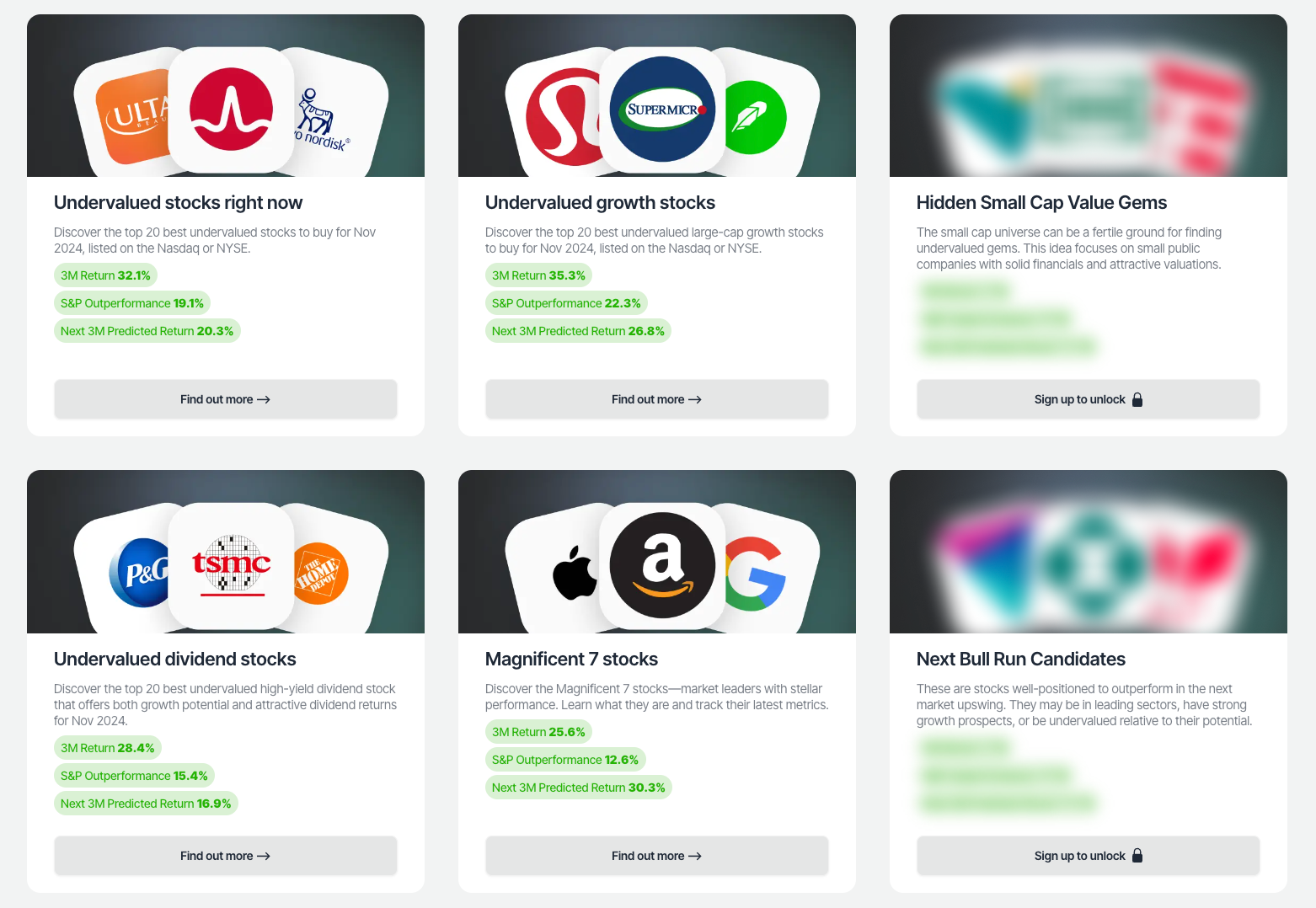How BABA (Alibaba Group Holding) Makes Money in 2025: A Deep-Dive With Income Statement

Welcome to the Value Sense Blog, your resource for insights on the stock market! At Value Sense, we focus on intrinsic value tools and offer stock ideas with undervalued companies. Dive into our research products and learn more about our unique approach at valuesense.io
Explore diverse stock ideas covering technology, healthcare, and commodities sectors. Our insights are crafted to help investors spot opportunities in undervalued growth stocks, enhancing potential returns. Visit us to see evaluations and in-depth market research.
Understanding how a leading Chinese e-commerce and cloud technology giant like Alibaba Group Holding Limited makes money is essential for investors and anyone interested in the business of digital commerce and technology. In this post, we break down Alibaba's quarterly income statement (Q2 2025) using a Sankey chart to visualize the financial flows — what comes in, where it goes, and what's left as profit.
Quick Alibaba Group Overview
 Income Statement Overview](https://blog.valuesense.io/content/images/2025/10/BABA_income_1761919894.png)
Alibaba Group operates a diversified digital ecosystem spanning e-commerce, cloud computing, digital media, and logistics. Its core business is facilitating online and mobile commerce through platforms like Taobao, Tmall, and Alibaba.com. Revenue comes primarily from China commerce retail, international commerce, and cloud computing, with additional contributions from logistics, digital media, and innovation initiatives. The company’s business segments reflect its broad reach across digital infrastructure, consumer services, and technology.
Revenue Breakdown
- Total Revenue (Q2 2025): $31.2B (+7% YoY)
- China Commerce: $19.1B (61% of total)
- International Commerce: $4.2B (13% of total)
- Cloud Computing: $3.8B (12% of total)
- Cainiao Logistics: $2.1B (7% of total)
- Digital Media & Entertainment: $1.1B (4% of total)
- Innovation Initiatives & Others: $1.0B (3% of total)
- Growth is powered by international commerce expansion and steady cloud computing adoption, offsetting slower growth in China retail.
Gross Profit and Margins
- Gross Profit: $13.9B (44.6% gross margin)
- Cost of Revenue: $17.3B (+6% YoY)
- Alibaba maintains robust margins due to its scalable digital marketplace model and operational efficiencies in logistics and cloud infrastructure.
- Most costs come from logistics fulfillment, payment processing, and infrastructure for cloud and commerce platforms.
Operating Income and Expenses
- Operating Income: $4.7B (+10% YoY, 15.1% margin)
- Operating Expenses: $9.2B (+5% YoY)
- R&D: $2.7B (+8% YoY, 8.7% of revenue) — Focused on cloud technology, AI, and logistics automation.
- SG&A: $6.0B (+4% YoY, 19.2% of revenue) — Includes marketing, sales, and administrative costs to support global expansion and platform growth.
- Alibaba continues to prioritize innovation and invest in growth while maintaining efficiency across its expanding operations.
Net Income
- Pre-Tax Income: $5.1B (+12% YoY, 16.3% margin)
- Income Tax: $1.1B (21.6% effective tax rate)
- Net Income: $4.0B (+14% YoY, 12.8% net margin)
- Alibaba converts a significant portion of sales into profit due to its platform scalability, cost discipline, and pricing power in core segments.
What Drives Alibaba's Money Machine?
- China Commerce Retail: 61% of revenue, driven by Taobao and Tmall marketplace commissions, advertising, and merchant services.
- Cloud Computing: $3.8B revenue, up 13% YoY, as Alibaba Cloud cements its leadership in China and expands internationally.
- Strategic Investments: Heavy R&D in AI, logistics, and cloud infrastructure to sustain long-term growth and competitive edge.
- Future Growth Areas: International commerce and digital media are expanding rapidly, though not yet as profitable as core China retail.
Visualizing Alibaba's Financial Flows
The Sankey chart below visualizes how each dollar flows from gross revenue, through costs and expenses, down to net income. This helps investors spot where value is created, what areas weigh on profits, and how efficiently the company operates.
- Most revenue flows into gross profit, with operating expenses (especially SG&A and R&D) taking the largest chunk.
- Even after significant investments in technology and logistics, 12.8% of revenue drops to the bottom line.
Key Takeaways
- Alibaba's money comes overwhelmingly from China commerce retail, with growing contributions from cloud and international commerce.
- High gross and net margins illustrate the power of Alibaba's platform-based business model and operational scale.
- Heavy investment in R&D and logistics, balanced by efficiency in operating costs.
- Ongoing growth is driven by international expansion, cloud adoption, and digital innovation.
Explore More Investment Opportunities

For investors seeking undervalued companies with high fundamental quality, our analytics team provides curated stock lists:
📌 50 Undervalued Stocks (Best) overall value plays for 2025
📌 50 Undervalued Dividend Stocks (For income-focused investors)
📌 50 Undervalued Growth Stocks (High-growth potential with strong fundamentals)
🔍 Check out these stocks on the Value Sense platform for free!
FAQ About Alibaba Group's Income Statement
1. What is the main source of Alibaba's revenue in 2025?
Alibaba generates over 61% of its revenue from China commerce retail, primarily through marketplace commissions, advertising, and merchant services. International commerce and cloud computing are also significant contributors.
2. How profitable is Alibaba in Q2 2025?
Alibaba reported net income of $4.0B in Q2 2025, with a net margin of approximately 12.8%, reflecting strong profitability driven by its scalable platform model and disciplined cost management.
3. What are the largest expense categories for Alibaba?
The biggest expenses on Alibaba's income statement are operating expenses, particularly Research & Development (R&D) at $2.7B and Sales, General & Administrative (SG&A) costs at $6.0B in Q2 2025, as Alibaba prioritizes technology innovation and global expansion.
4. Why does Cloud Computing operate at a low margin?
Cloud Computing, despite generating $3.8B in revenue, posted an operating margin below group average in Q2 2025. This is because Alibaba aggressively invests in infrastructure, AI, and international expansion, believing these will drive long-term growth—even if the division is less profitable today.
5. How does Alibaba's effective tax rate compare to previous years?
Alibaba's effective tax rate in Q2 2025 was 21.6%, consistent with previous years. This moderate rate is primarily due to tax benefits from share-based compensation and international structuring.
